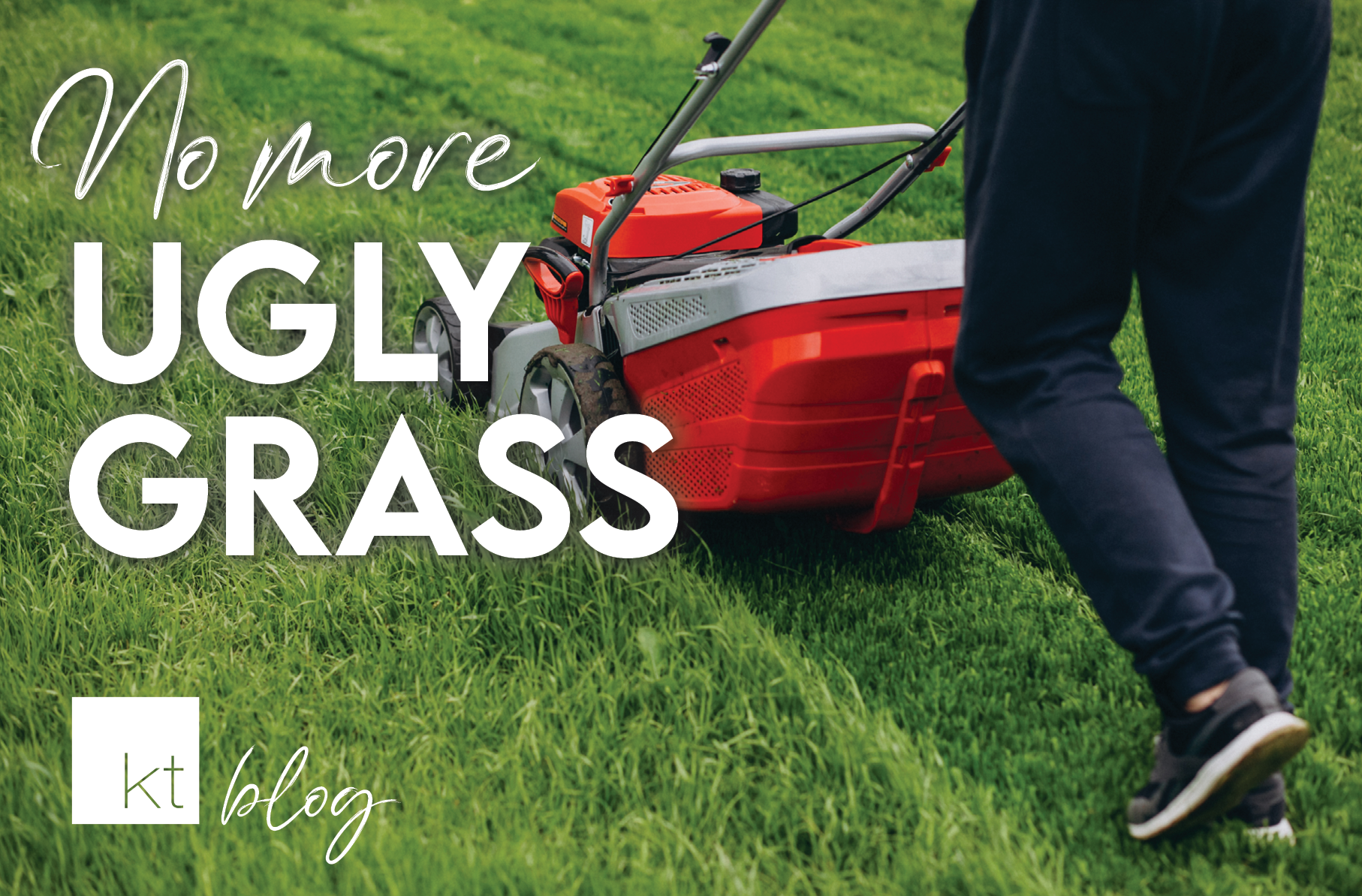First impressions are everything. There’s no doubt that a thick, green lawn increases your home’s curb appeal. But the benefits of healthy grass aren’t only aesthetic. It also improves the soil, increases air quality, and controls soil erosion.
Making your lawn the envy of your neighbours is easier than you may think. Here are some tips to get that golf course lawn that everyone wants.
1. Dethatching
If you’ve never heard of dethatching, it’s where you want to start. Dethatching is the process of removing tangled roots, old grass clippings, and other organic matter that builds up between the surface of the soil and the bottom of the grass.
If you have a thick matting of this, it makes it hard for water and other nutrients to penetrate the soil, and it can also make your lawn more susceptible to pests and disease. All you need to do is wait for the ground to dry and use a dethatching rake or an electric dethatcher, both of which you can purchase at your local hardware store.
After dethatching is a great time to seed your lawn. The holes left by the dethatcher will allow plenty of room for the seeds to get into the soil without being blocked by debris.
Use a broadcast spreader to fling the seeds in all directions to ensure you’re getting proper coverage. Then keep the grass regularly watered to make sure it’s getting enough moisture.
2. Use Slow-release fertilizer
The next step is to apply a slow-release fertilizer. This type of fertilizer works by adding necessary nutrients, like nitrogen, calcium, and phosphorus to the soil, facilitating growth above and beneath the ground surface. Fertilizing your lawn two to three times a year on its own, makes a world of difference.
3. Don’t Cut the Grass Too Short
One of the most common mistakes people make is cutting their grass too short. When the grass blades are very short, it impedes its ability to perform photosynthesis, which is the process of sunlight creating food from water and carbon dioxide. When this happens, the grass is undernourished and at a greater risk of disease.
Cut no more than a half an inch off at a time, leaving the grass three to four inches in length. Longer grass blades make it easier to compete better against the weeds and will help shade the soil so that it takes longer for moisture to evaporate.
For information about buying or selling a home, call KT Realty at 1 (800) 617-0090.





